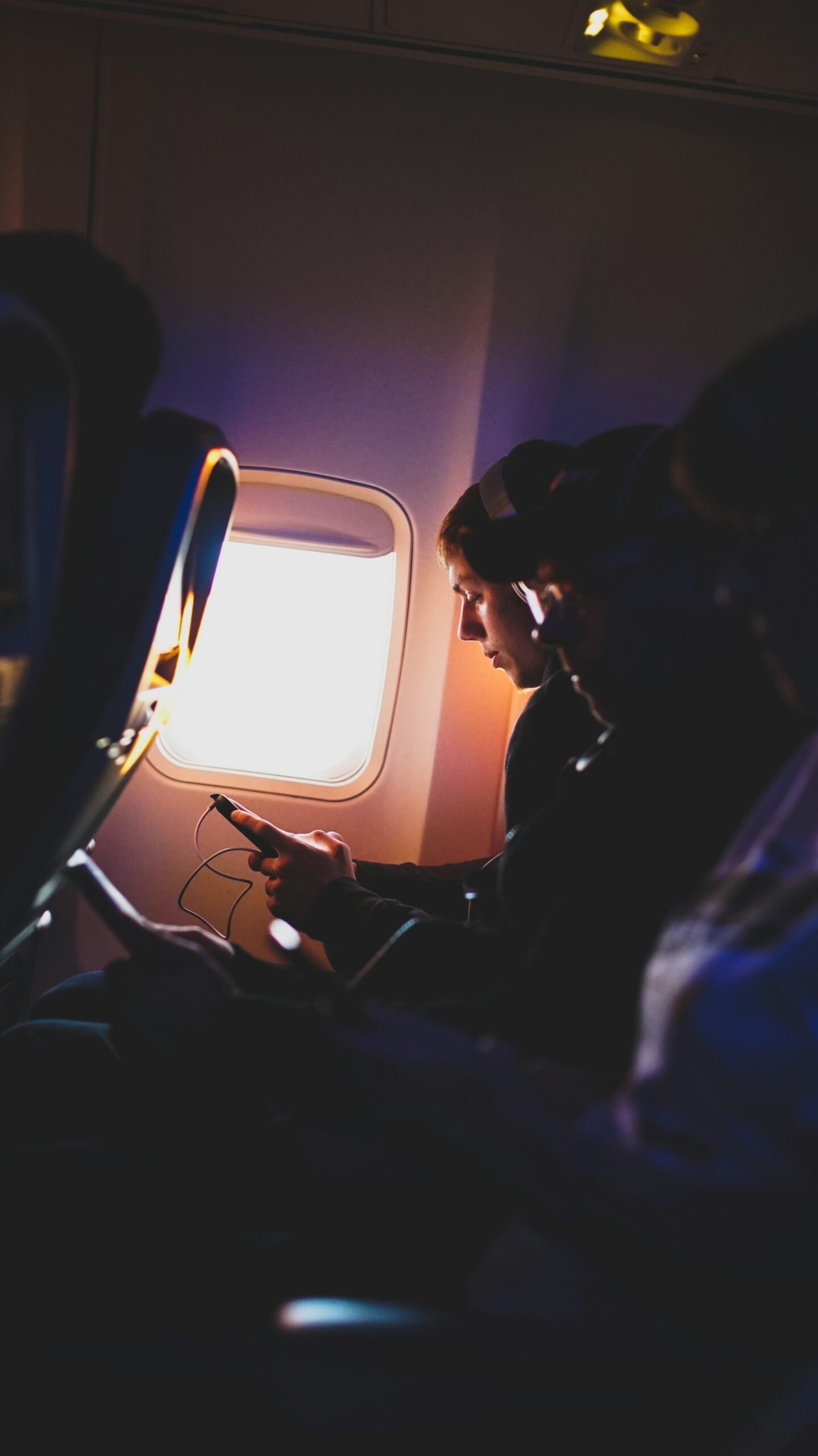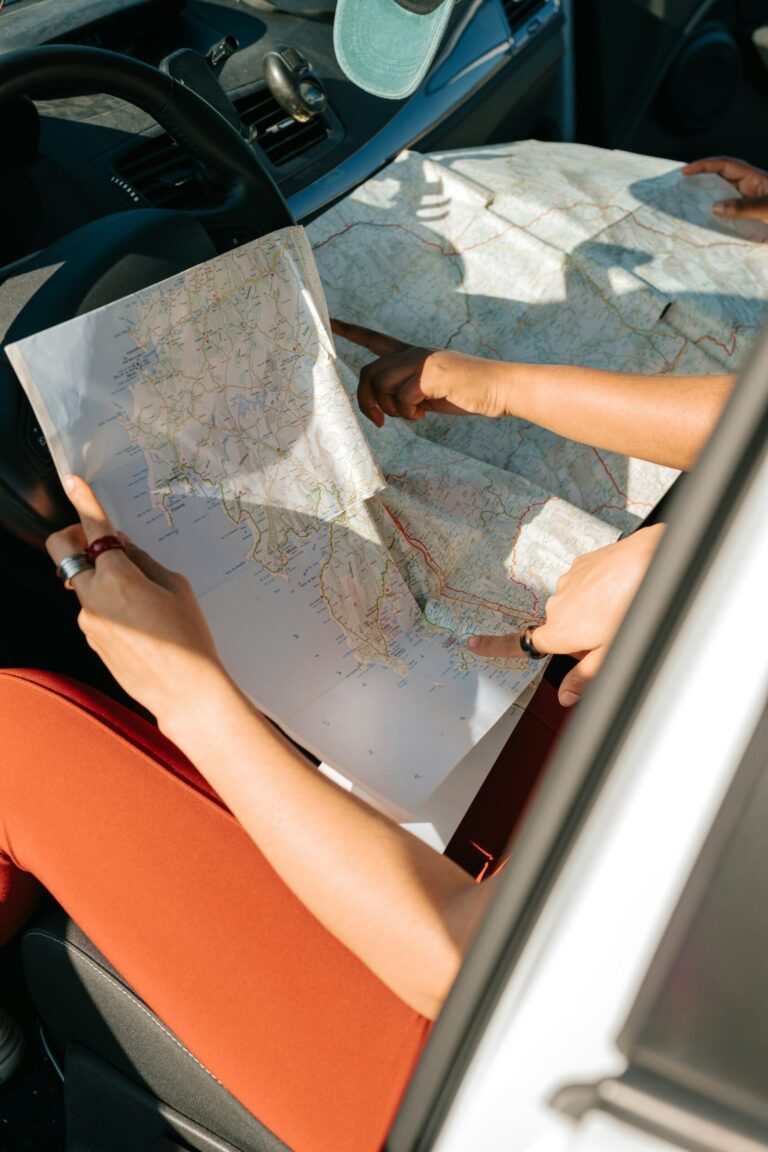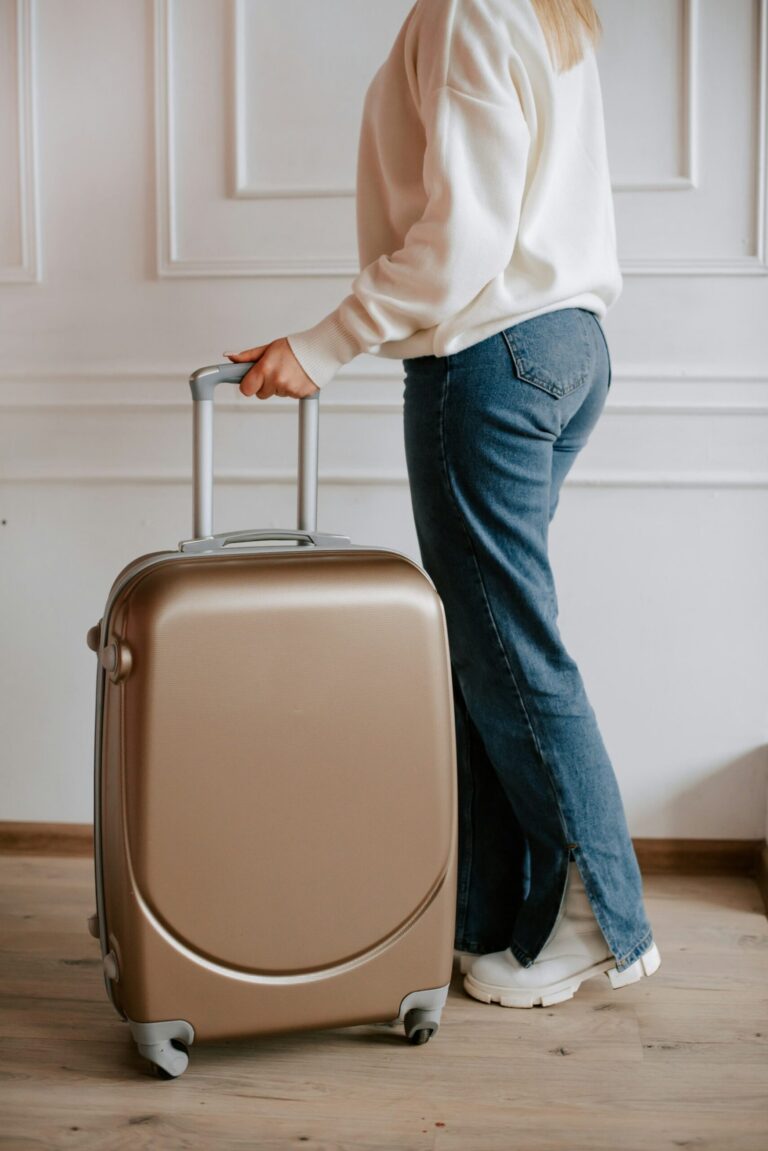How to Fly and Not Get Sick: Tips for a Comfortable Journey
Flying can be an exciting adventure, but it often comes with the risk of getting sick. To minimize your chances of falling ill while traveling, prioritize hygiene, stay hydrated, and consider wearing a mask during your flight.
Simple adjustments to your routine can make a significant difference in your health and comfort.
Many travelers overlook the importance of what they eat before and during a flight. Choosing lighter meals and avoiding greasy or overly spicy foods can help your body stay balanced while in the air.
Additionally, keeping hydrated is crucial, as airplane cabins can be quite dry, which can weaken your immune system.
Taking these precautions will not only enhance your travel experience but also ensure that you arrive at your destination feeling your best. By being proactive about your health while flying, you can focus more on enjoying your journey and less on the risk of sickness.
Also check out our guide on surviving long haul flights.
Understanding the Basics of Flight
Flying involves a combination of physics, engineering, and safety protocols. It helps to know a few key concepts to make your journey more comfortable.
Key Concepts:
- Lift and Drag:
- Lift is what allows the plane to rise.
- Drag is the resistance the plane encounters.
- Cabin Pressure:
- The air pressure in the cabin is lower than at ground level.
- This can affect your body, so keep hydrated and move around during the flight.
- Altitude Changes:
- Your body may need time to adjust as the plane ascends and descends.
- Swallowing or yawning can help relieve ear pressure.
Safety Measures:
- Seat Belts:
- Always wear your seatbelt when seated, even if the sign is off.
- Emergency Procedures:
- Pay attention to the safety briefing.
- Familiarize yourself with the nearest exits.
Healthy Practices:
- Stay hydrated by drinking plenty of water.
- Move around the cabin when possible to maintain circulation.
Pre-Flight Preparations
Getting ready for a flight involves several key steps that can help you stay healthy during your journey. Paying attention to seating choices, meals, and physical activity can significantly influence your comfort and wellness.
Choosing the Right Seat
Selecting the right seat can make a difference in your overall flying experience. Aim for a seat that offers more space, such as those in the exit rows or bulkhead areas.
Aisle seats are beneficial since you can easily get up to stretch or use the restroom without disturbing other passengers.
Consider the airflow in your seat area. Being away from the engine and near the front of the cabin may help reduce exposure to noise and fumes. Many airlines allow seat selection during booking, so take a moment to consider your options.
Healthy Eating Habits
What you eat before your flight matters. Opt for lighter meals to avoid feeling heavy and sluggish.
Foods that are high in fiber, like fruits and vegetables, promote digestion and can alleviate bloating. Staying hydrated is crucial, so drink plenty of water before and during your flight.
Avoid excessive caffeine and alcohol, as both can dehydrate you and contribute to feelings of anxiety or discomfort.
Keep snacks on hand that are low in sugar and high in protein, such as nuts or yogurt, to maintain your energy levels without sugar crashes.
Pre-Flight Exercise
Incorporating exercise before your flight can enhance your physical well-being. Simple stretches can improve circulation and reduce the risk of cramping during the flight.
Consider doing a short workout like brisk walking, yoga, or light strength training to get your blood flowing.
Plan to arrive at the airport early enough to allow for a bit of walking. Moving around helps reduce stress and can help clear your mind before boarding. Taking even a few moments to stretch your legs can contribute to a more enjoyable flying experience.
In-Flight Comfort and Wellness
Comfort and wellness during a flight can enhance your travel experience significantly. By paying attention to hydration, air quality, and motion sickness, you can help ensure a smoother journey.
Staying Hydrated
Staying hydrated is essential in the dry environment of an aircraft. The cabin air is low in humidity, which can lead to dehydration.
- Drink Water: Make it a habit to drink water regularly. Aim for at least 8 ounces of water for every hour of the flight.
- Avoid Caffeine and Alcohol: These beverages can contribute to dehydration. Opt for herbal tea or water instead.
- Bring a Reusable Bottle: Fill it up after passing through security to keep your water supply handy.
Managing Air Quality
The air quality inside an aircraft can feel stifled due to recirculation. However, there are steps you can take to breathe easier.
- Choose a Window Seat: This allows you to control airflow better. Use the air vent to direct fresh air towards you.
- Use a Mask: Wearing a mask can help filter out some airborne particles, especially if you’re in a crowded cabin.
- Keep Surfaces Clean: Use disinfecting wipes on your tray table and armrests to limit exposure to germs.
Motion Sickness Management
If you’re prone to motion sickness, certain strategies can alleviate discomfort while flying.
- Choose Your Seat Wisely: Opt for seats over the wings where motion is less pronounced.
- Ginger or Peppermint: These natural remedies can help settle your stomach. Consider ginger candies or peppermint tea.
- Focus on the Horizon: Looking out at the horizon can help stabilize your senses.
- Stay Still: Try to limit movements and keep your head as still as possible.
Techniques for Stress Reduction
Managing stress before and during your flight is crucial to feeling comfortable. There are effective ways to relax your mind and keep yourself engaged, making your travel experience more pleasant.
Relaxation Exercises
Practicing relaxation techniques can significantly reduce your anxiety as you prepare to fly.
Try deep breathing exercises; inhale deeply through your nose for a count of four, hold it for four, and then exhale slowly through your mouth for another four counts. Repeat this for several minutes to calm your nerves.
Progressive muscle relaxation is another great method. Tense each muscle group for five seconds, starting from your toes and working your way up to your head, then release. This helps your body release tension and feel more at ease.
A brief meditation session can also do wonders. Focus on a calming visual or mantra, closing your eyes, and clearing your thoughts.
Using apps like Headspace or Calm can guide you through this process effectively, even when time is limited.
Entertainment and Distractions
Distraction can be a powerful tool to manage anxiety during a flight.
Load your device with engaging content before you board. Consider audiobooks, podcasts, or a series you’ve been wanting to binge. Enjoying a captivating story can help take your mind off the flight.
Puzzle games, like Sudoku or crosswords, help keep your brain engaged. They also give you a sense of accomplishment and can alleviate feelings of anxiety.
Listening to music or playlists designed for relaxation can work wonders too. Create a soothing playlist or choose calming sounds to help transport you to a more peaceful state. Bring noise-canceling headphones to minimize cabin noise, enhancing your experience.
Post-Flight Recovery
After a long flight, taking steps to recover can enhance your comfort and well-being. Focus on stretching and mobility to ease any stiffness, as well as adjusting to new time zones to help your body acclimate.
Stretching and Mobility
Once you’ve landed, prioritize stretching your muscles. Air travel can leave you feeling tight or cramped. Simple stretches help restore flexibility and blood circulation.
Consider these stretches:
- Neck Rolls: Gently roll your head in circles to release neck tension.
- Shoulder Shrugs: Lift your shoulders towards your ears and release.
- Back Twists: While seated, twist gently from side to side to loosen your spine.
Walking around can also aid recovery. Spend some time on your feet to stimulate circulation and reduce any swelling.
Adjusting to New Time Zones
Transitioning to a new time zone can be challenging.
To help your body reset, start adjusting your sleep schedule before your flight if possible. This makes acclimating easier upon arrival and eases jetlag.
After landing, expose yourself to sunlight during the day. Natural light regulates your internal clock.
Stay hydrated and avoid heavy meals close to bedtime.
If you’re tired, a short nap can help, but limit it to 20-30 minutes to prevent grogginess.
By taking these steps, you can ease into your trip and enjoy your time at your destination more fully.






